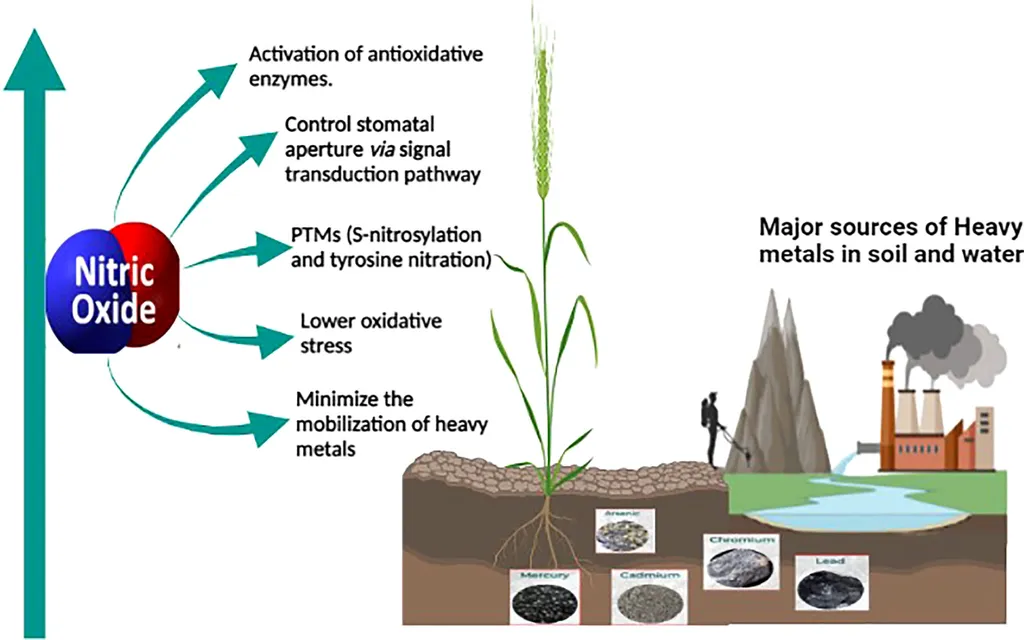In the heart of Bangladesh, researchers are unlocking new strategies to combat one of agriculture’s most pressing challenges: heavy metal (HM) toxicity. A recent study led by Swapan Kumar Roy from the College of Agricultural Sciences at IUBAT—International University of Business Agriculture and Technology, has shed light on the crucial role of glutathione (GSH) and phytochelatins (PCs) in detoxifying and tolerating heavy metals in plants. Published in ‘Plant Trends’ (which translates to ‘Trends in Plants’), this research could revolutionize sustainable crop production and phytoremediation, with significant implications for the energy sector.
Heavy metal contamination in soil poses a severe threat to agricultural productivity and global food security. As industrial activities and energy production often lead to HM pollution, finding eco-friendly solutions is imperative. Roy’s study explores how GSH and PCs, along with a series of candidate genes, can enhance HM stress tolerance in various plant species. “This study provides a comprehensive understanding of the impact of HMs on plant growth, physiology, and yield,” Roy explains. “By leveraging the natural mechanisms of plants, we can develop more resilient crops and cleaner environments.”
The research highlights the potential for plant breeders and farmers to develop HM stress-tolerant crops through targeted breeding programs. This could lead to more sustainable agricultural practices, reducing the need for costly and environmentally harmful remediation techniques. For the energy sector, this means a potential reduction in the environmental footprint of energy production, as plants could be used to clean up contaminated sites more efficiently.
Moreover, the study opens new avenues for multiomics-assisted plant improvement, integrating genomics, proteomics, and metabolomics to enhance plant resilience. “The findings encourage the development of smart agriculture practices that not only improve crop yields but also contribute to environmental sustainability,” Roy adds. This holistic approach could pave the way for innovative solutions in phytoremediation, where plants are used to extract and concentrate heavy metals from soil, water, and air.
As the world grapples with the dual challenges of food security and environmental degradation, Roy’s research offers a glimmer of hope. By harnessing the power of natural plant mechanisms, we can move towards a future where agriculture and energy production coexist harmoniously with the environment. The study’s publication in ‘Plant Trends’ underscores its relevance and potential impact on the scientific community and beyond. As we stand on the brink of a new era in agricultural technology, the insights from this research could shape the future of sustainable farming and energy production.

